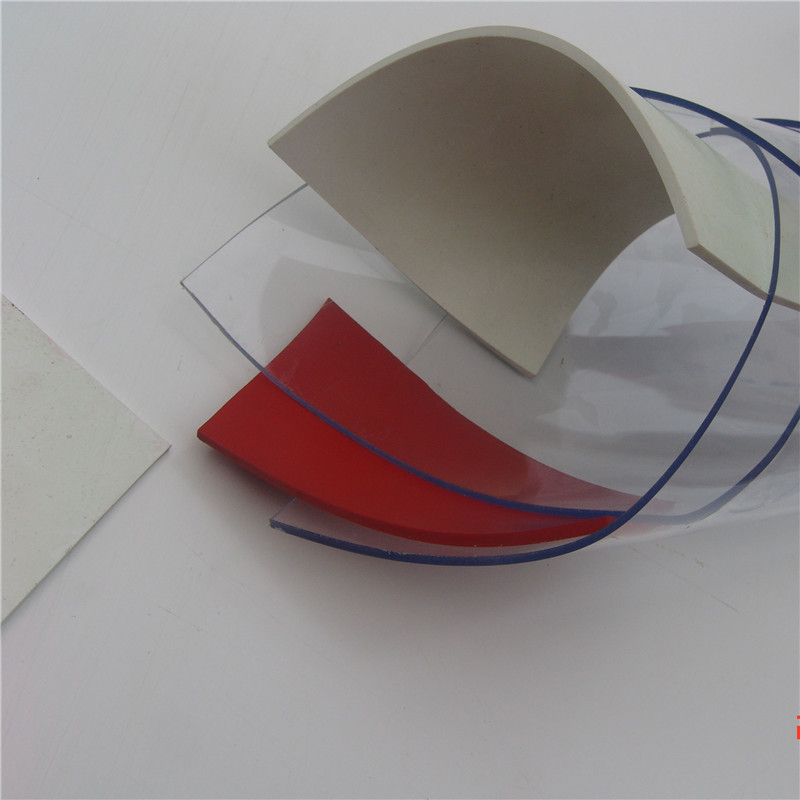Aug . 21, 2024 11:24 Back to list
High-Density Polyethylene Sewer Pipes for Effective Wastewater Management Solutions
Understanding HDPE Sewer Pipes A Comprehensive Overview
High-Density Polyethylene (HDPE) has revolutionized the plumbing and civil engineering industries, particularly in the context of sewer systems. Made from high-density polyethylene material, HDPE sewer pipes are increasingly being utilized for their numerous benefits, including high durability, corrosion resistance, and flexibility. This article explores the characteristics, advantages, and applications of HDPE sewer pipes, shedding light on why they have become a preferred choice for modern drainage systems.
Characteristics of HDPE Sewer Pipes
HDPE sewer pipes are crafted through a process of polymerization, allowing them to possess unique physical and chemical properties. One of their standout features is their impressive strength-to-density ratio, which grants them high tensile strength, enabling them to withstand significant external pressures. Additionally, these pipes have excellent impact resistance and can endure harsh environmental conditions without succumbing to wear and tear.
Another notable characteristic of HDPE pipes is their smooth surface. This smoothness minimizes friction, allowing for efficient flow and reducing the likelihood of blockages due to sediment build-up. The pipes are also lightweight compared to traditional materials like concrete or metal, making them easier to handle, transport, and install. This is particularly beneficial in remote areas where heavy machinery may not be readily available.
Advantages of HDPE Sewer Pipes
The advantages of HDPE sewer pipes are numerous. Firstly, their resistance to corrosion means that they can be used in a variety of environments without the risk of deterioration. Unlike metal pipes which can rust, or concrete which can fracture, HDPE pipes are immune to a wide range of chemicals and biological agents often found in wastewater.
hdpe sewer pipe

Furthermore, HDPE pipes exhibit a remarkable degree of flexibility. This adaptability allows them to expand and contract with temperature variations without cracking, making them highly suitable for regions with fluctuating weather conditions. Their flexibility also makes them ideal for trenchless installation methods, such as horizontal directional drilling, significantly reducing the impact on the surrounding environment.
Another key advantage is their long service life. When properly installed and maintained, HDPE sewer pipes can last for over 50 years, reducing the need for frequent replacements and repairs, thus offering long-term cost savings for municipalities and homeowners alike.
Applications of HDPE Sewer Pipes
HDPE sewer pipes are commonly used in various applications within the construction and municipal sectors. They form an integral part of modern sewer systems, stormwater management, and drainage solutions. Due to their strength and resistance to root infiltration, they are particularly effective in handling both residential and commercial sewage.
Furthermore, these pipes are increasingly being employed in landfill leachate systems, where they help manage the runoff from waste sites. Their inherent flexibility and resistance to chemical corrosion make them ideal for situations where other materials may fail.
Conclusion
In summary, HDPE sewer pipes represent a significant advancement in wastewater management technology. With their unique properties and considerable advantages, they have become a go-to solution for engineers and contractors alike. As cities continue to grow and the demand for reliable infrastructure increases, the role of HDPE sewer pipes will undoubtedly expand, paving the way for more efficient and sustainable waste management systems. Their ability to adapt to varying environmental conditions while offering longevity and durability makes them a wise investment for future development projects.
-
HDPE Pipe Fittings: Durable, Leak-Proof Solutions
NewsAug.16,2025
-
Premium CPVC Sheet: High-Temp & Chemical Resistant Solutions
NewsAug.15,2025
-
Durable PPR Pipe for Hot & Cold Water Systems - Easy Install
NewsAug.14,2025
-
Durable HDPE Sheet | Versatile & Impact-Resistant Plastic
NewsAug.13,2025
-
Premium PVC Soft Sheets: Clear, Flexible & Durable
NewsAug.12,2025
-
Premium PVC Round Rods: Durable, Chemical Resistant, Easy to Machine
NewsAug.11,2025

